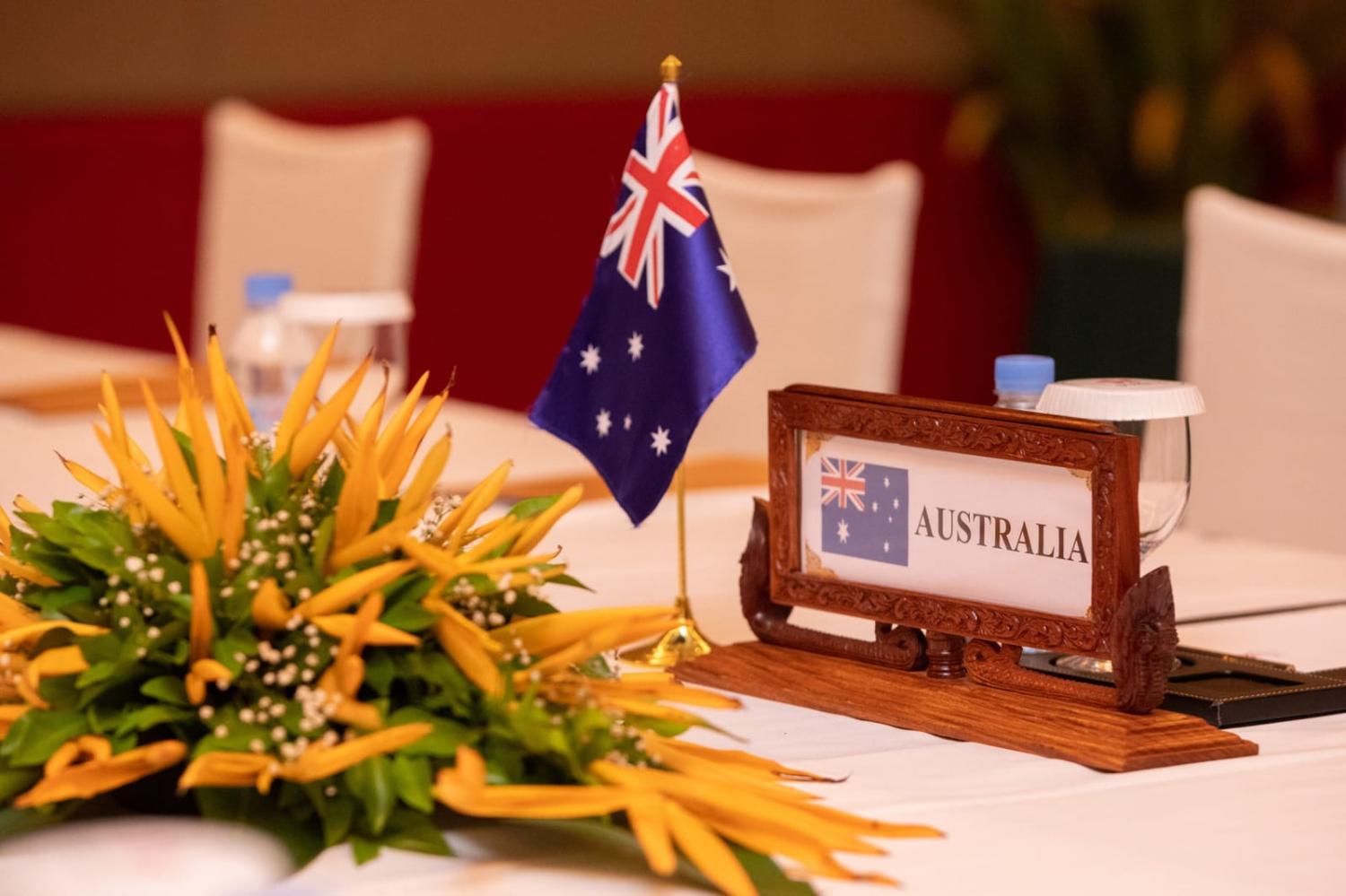Every three years, we elect a prime minister to represent us at home and abroad. In the meantime, every now and again the government takes it upon itself to decide who should represent Australia full-time, managing some of our overseas network of diplomatic posts. To borrow a phrase coined by Sir Henry Wotton in 1604, who should be “sent to lie abroad for the good of his country”?
Governments’ choice, between professionals and politicians, remains much the same as it was when Wotton summed up the duties of an ambassador 420 years ago.
The government’s prerogative is to appoint whomsoever it chooses to run Australia’s posts overseas. Those jobs were designed not merely for humble labourers in the bureaucratic vineyard, even assuming every single DFAT officer practised humility and all of them had always regarded themselves as part of the wider APS bureaucracy.
Over the years, the title of His/Her Excellency has been added to those already earned by former prime ministers, ministers, premiers, senators, and the occasional defeated election candidate. All up, the picks have been far more diverse and bolder than government selections for the job of governor-general.
Many of those one-off, fly-in, fly-out appointees have done well. Without presuming to draft a list, most fair-minded analysts would highly commend the achievements of Stanley Melbourne Bruce in London, Percy Spender in Washington, Bob Cotton in both New York and Washington, Tim Fischer at the Holy See, and Barry O’Farrell in New Delhi. For New Zealand, as a cross-reference, sending Edmund Hillary to New Delhi and Jim Bolger to Washington seemed inspired choices.
Governments may rightly want one of their own in key positions, abroad as at home. They are perfectly entitled to appoint someone who knows and loves Australia differently from career officers moving from country to country throughout their working lives. In key posts, the government might see a need for a person able to call the prime minister direct and be listened to. That person would need to be skilled in subtle, deferential manoeuvring with the foreign minister.

Being good with people is not just a matter of grip and grin, but rather the basis for networks, access and influence. Politicians in foreign lands may feel comfortable relaxing and confiding in the company of an ambassador with similar background. Politicians from anywhere may routinely view the world through a political prism, but that prism often refracts and illuminates real national interests. Cutting deals and cutting through need not be synonymous with cutting corners.
All those calculations might sometimes backfire. Just possibly, staff might find themselves saddled with an egotist without language skills, detailed knowledge of issues or curiosity. Deputies in posts might find themselves lumbered with heavy management and reporting responsibilities without the prestige of an ambassadorial title.
That is a besetting problem in the United States system, where careerists compete to go to Burkina Faso or Laos while political donors or mates snaffle what used to be called the Peter Stuyvesant posts, in London, Paris and the like. As the head of the State Department’s staff association, Thomas Yazdgerdi, recently noted of professional ambassadorial nominees: “These are dedicated men and women who have devoted their lives to diplomacy and who have proven themselves worthy of taking on the highest responsibilities.”
If the professional competences of politicians and DFAT staff were mapped on Venn diagrams, the overlap would be considerable, far more, say, than would be the case if governments appointed analysts or academics to manage embassies. Both careerists and one-offs are meant to be flexible, resilient, articulate and committed. After all, many DFAT staff have served a second apprenticeship in a minister’s office, with a handful going on to occupy a portfolio themselves. As for the dark arts, both careers have been known to teach dissembling as well as deciphering issues and de-coding warnings. Both walks of life are not immune from spite, malice, envy and gossip.
Plainly not all political appointments have succeeded in their task. A few have been shockers. So, too, have a small number of preposterous career appointees. A few professionals have also proved susceptible to the charms of status and costume, the lures of big houses and duty-free grog, even the habit of referring to themselves in the third person.
Career staff are, however, entitled to argue that they have served a long, sometimes arduous, possibly dangerous, apprenticeship in junior positions at posts. Even if they have not specialised in a particular language or country, DFAT’s merry-go-round of postings hither and yon equips staff in reinventing themselves, discovering new areas of inquiry and developing new fields of expertise. Those skills might seem eclectic, sometimes even eccentric, but they are nonetheless rare and valuable.
Hence career officers might be encouraged to argue for an informal quota on political appointments, in order to safeguard their own career paths and to buttress what they might regard as the fitting structure and purposes of their department. A corollary could be an assurance that DFAT head of missions would not be summarily turfed out of posts before a reasonable term if a political nominee wanted their job in a hurry. Nobody should wish on us a broken confirmation process such as that regularly abused in the United States Congress. That would be a more partisan and flawed approach than, say, sending nominees on to Mastermind with their country of accreditation as a special subject.
In addition, governments might be encouraged, once in a while, to seek out talent from their rival political parties, recognising a distinctive contribution by offering an ambassadorial post. Such openness to disparate types of talent would be consistent with Foreign Minister Penny Wong’s emphasis on the “clear advantages” to be derived from appointing “people who have had distinguished careers beyond the public service”. Reasonable folk would recognise a “distinguished career” when they saw one.
Wong went on to commend “re-balancing appointments towards qualified senior officials, consistent with position requirements and community expectations”. Leaving aside those two catch-all caveats about requirements and expectations, the re-balancing in Wong’s statement of policy seems fair. With luck, successive governments might hold themselves to the same standard.
Readers wanting to check recent trends in political and professional appointments can consult the Lowy Institute’s Diplomat Database.
The chastening lesson for both professionals and politicians is surely that the true representatives of Australia never sit in a Head of Mission residence, rehearsing talking points or standing up for Australia. Other representative figures define and refine the judgments the world forms of Australia. They have names like Sam Kerr, Ash Barty, Helen Garner, Emily Kame Kngwarreye, Ricky Ponting, David Helfgott or Cate Blanchett. When anyone anywhere else is asked what they know of Australia, their answers are more likely to include names like those rather than those of our ambassadors.

